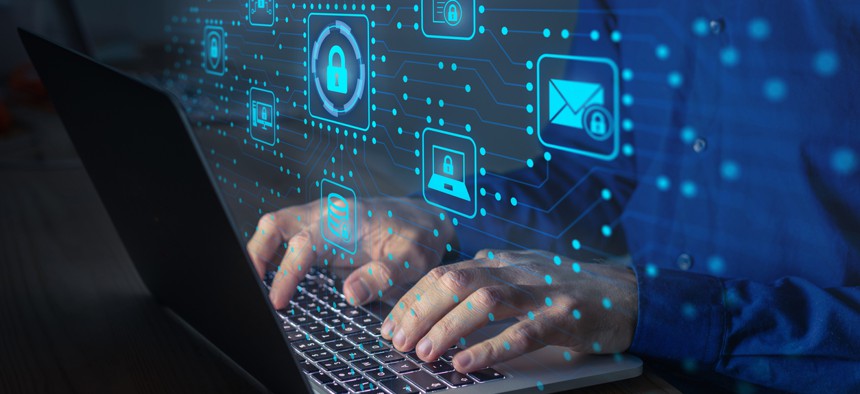The Future of Government is Virtual

istock.com/NicoElNino
COMMENTARY | State and local governments are on the cusp of implementing technology innovations that will revolutionize the delivery of government services.
If there is a silver lining to the events since Covid-19 first entered our lives, it’s that digital transformation efforts and rapid technical innovation have occurred in business, education and government offices around the world. While many of these advances were made simply to accommodate the touch-free world that safety protocols required, the fact is that consumers found that many of these accommodations resulted in increased convenience as well. After all, it was much easier to renew a driver’s license online than it was to set foot in the department of motor vehicles.
Because no one likes giving up conveniences, many of these “temporary” changes are simply here to stay. As a result, government offices are closer than ever to achieving a state of “Government 2.0,” where they operate more as a virtual platform for public good.
The goal of Gov 2.0 is to ensure government services reach more people and empower more change than ever before while simultaneously making operations more efficient, cost-effective and convenient for citizens. A major part of that vision is for powerful technology that transforms government into a platform for enabling citizens to self solve many common government issues. While this utopian vision is still a long way off, the past year’s leaps-and-bounds advances of technology in government give a glimpse into what such a platform may look like.
Let’s use the DMV as an example. DMV offices across the nation found ways to allow many of their previously in-person interactions to happen remotely. They also instituted queue management software with virtual waitlists to reduce in-person waiting lines and keep foot traffic moving effectively. While these changes were made to meet social distancing requirements, they also proved that a digitally enhanced experience is no less effective than the tried and true in-person way of handling business.
While there’s still no real timeline for the full-fledged arrival of Government 2.0, many of the basic technological necessities are already being put into place. As mentioned before, government offices have found ways to make many processes online or virtual without losing efficiency. Advances in data security, such as the unalterable ledgers provided by blockchain protection, make it safe to handle sensitive data digitally, while ongoing advances in personal data privacy help ensure that the personal information of private citizens won’t leak into the public domain.
Even though the pieces are falling into place, it will be a long while before the independent problem-solving capabilities promised by a Gov 2.0 platform become a reality. In the meantime, government offices can help future-proof themselves by focusing on mobility, usability, data security and automation improvements while continuing the same technologically innovative practices that helped them navigate the pandemic.
Charlie Meyer is the senior vice president of sales and leads the North American sales team at QLess. With more than 20 years of sales leadership experience in enterprise and SaaS software, Charlie brings a wealth of sales and leadership guidance to the growing company and market.
NEXT STORY: Local Leaders 'Cannot Hide From Technology'





